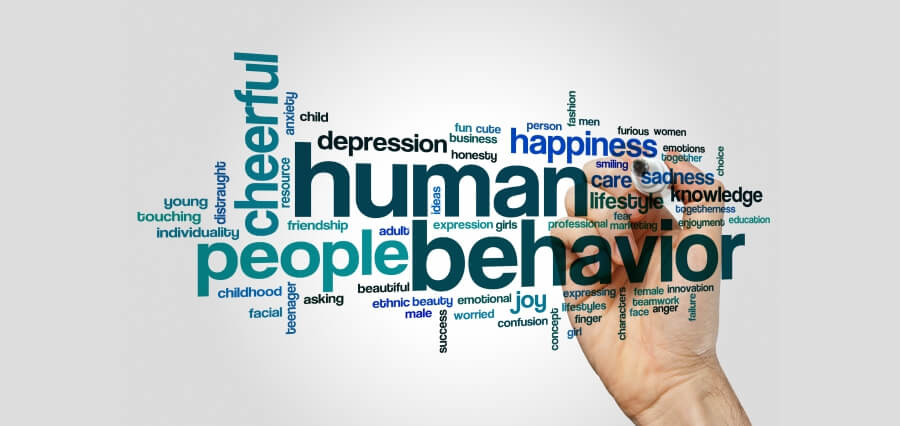lareddepathways.com – Design is not just about creating visually appealing products or spaces; it’s also about understanding and influencing human behavior. The psychology of design delves into the ways in which design elements can affect our emotions, decisions, and interactions. By applying psychological principles to design, creators can craft more effective and engaging experiences that resonate with users on a deeper level.
The Impact of Color
Color is one of the most powerful tools in a designer’s arsenal. It can evoke emotions, convey messages, and even influence behavior. For example, blue is often associated with trust and reliability, making it a popular choice for corporate logos. Red, on the other hand, can stimulate appetite and excitement, which is why it’s commonly used in food packaging and restaurant design.
The Role of Typography
Typography is not just about making text legible; it also plays a significant role in how information is received by the reader. The choice of font can affect the perceived tone of a message, with serif fonts often appearing more traditional and authoritative, while sans-serif fonts are seen as modern and approachable. Additionally, the size, weight, and style of text can influence readability and the overall impact of the content.
The Principle of Simplicity
Humans are naturally drawn to simplicity. A design that is easy to understand and navigate can reduce cognitive load and make the user experience more enjoyable. This is why minimalist design has become so popular in recent years. By stripping away unnecessary elements and focusing on the essentials, designers can create products and interfaces that are both aesthetically pleasing and functional.
The Power of Storytelling
Storytelling is a fundamental aspect of human communication, and it plays a crucial role in design. By weaving a narrative into a design, creators can make a product or space more relatable and memorable. This can be achieved through the use of imagery, color, typography, and layout, all of which work together to tell a story that resonates with the intended audience.
The Influence of Cultural Context
Design is not universal; it is deeply influenced by cultural context. What may be considered beautiful or appropriate in one culture may be offensive or confusing in another. Therefore, understanding the cultural nuances of the target audience is essential for creating effective designs. This includes considering cultural symbols, colors, and even the direction in which text is read.
The Importance of User-Centered Design
User-centered design (UCD) is an approach that puts the needs, wants, and limitations of the end user at the center of the design process. By conducting user research, creating personas, and testing prototypes, designers can gain valuable insights into user behavior and preferences. This information can then be used to create designs that are not only aesthetically pleasing but also highly functional and user-friendly.
Conclusion
The psychology of design is a complex and fascinating field that holds the key to creating more effective and engaging experiences. By understanding the psychological principles that underpin human behavior, designers can craft products, spaces, and interfaces that resonate with users on a deeper level. Whether it’s through the strategic use of color, typography, simplicity, storytelling, cultural context, or user-centered design, the goal is always the same: to create designs that connect with people and enhance their lives.


